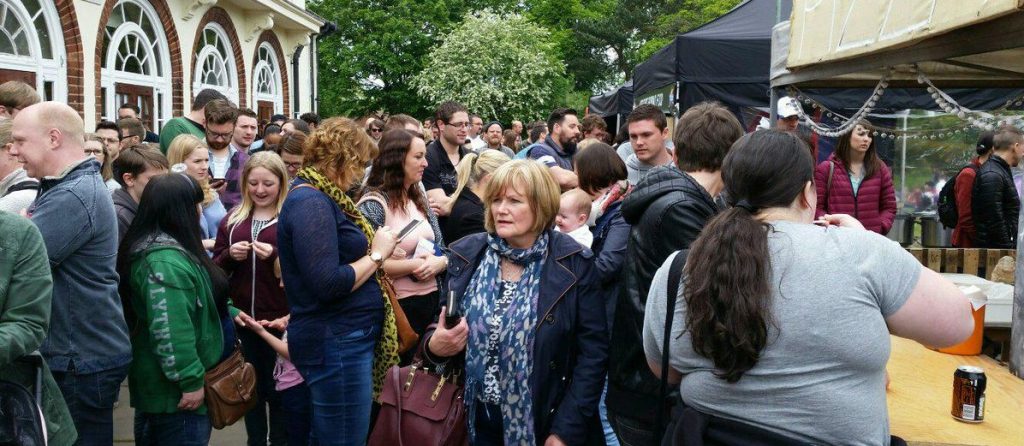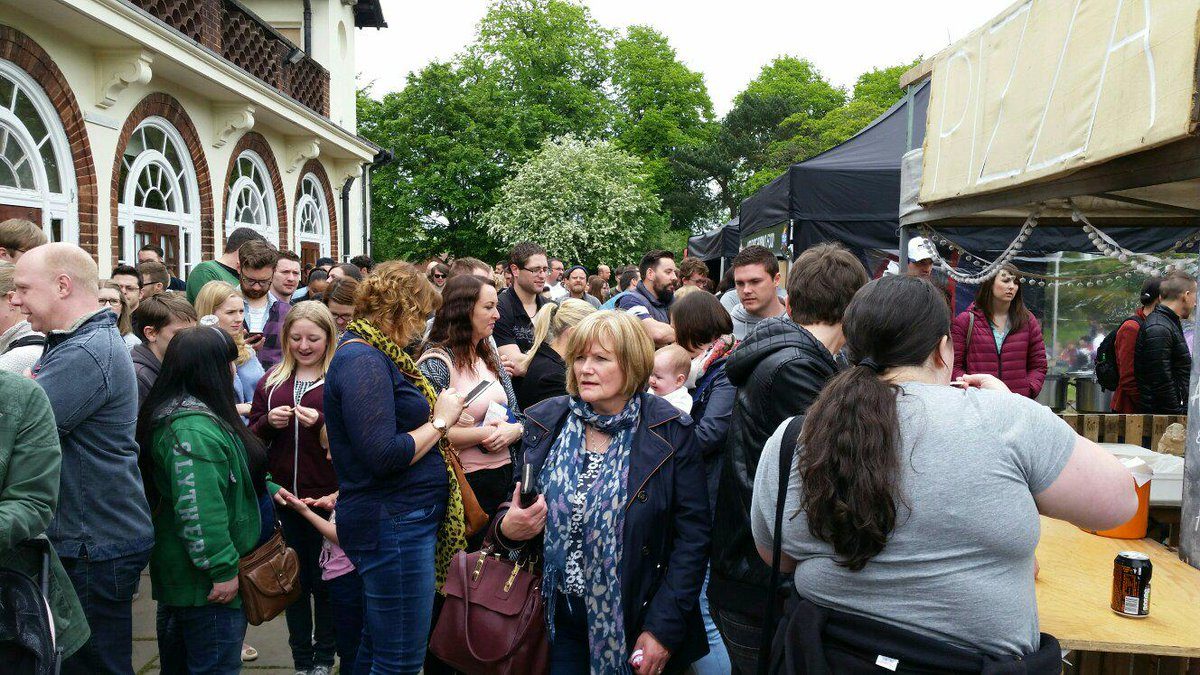
From space to place
Renewing the parish and the priority of mission
In this era of social fragmentation, how should the Church pursue mission? Leading mission thinker and practitioner Martin Robinson counsels that the starting point needs to be in the context of the local. Drawing from his book The Place of the Parish, he explores the crisis in identity and belonging and the importance of place. Starting by listening to the neighbourhood, the church can play a unique role in the remaking of social life, and in doing so, uncover a journey to its own renewal.
In recent times, the issue of place has risen up the agenda of many community activists as well as amongst those who reflect on themes around the Common Good. Where we shop, where our food comes from, how we connect to the history and tradition of our community, how we encounter others – these and many other related questions have come to us with a new urgency.
The Brexit debate exposed sharply the social divide between those who have a strong sense of belonging to a particular location, and who have longstanding associations with the neighbourhood in which they live, as compared with those who value mobility, autonomy and self-realisation and don’t feel strong group attachments to their locality. These values divides have been contrasted using the terms “Anywheres” on the one hand and “Somewheres” on the other by David Goodhart in the bestseller, The Road to Somewhere: The New Tribes Shaping British Politics.
Goodhart notes that three out of five Britons reside within 20 miles of where they lived when they were 14 years of age and of this group, few attended university. In other words, university education often begins the journey of the “Anywheres,” from their original location to any place where they might earn a living and create a new life and identity for themselves.
He goes on to argue that those with a deep sense of belonging to a particular place were far more likely to support “Leave” in the Brexit debate, while those who have moved to places distant from their original home were much more likely to support “Remain”. Curiously it is often “Anywheres” who are active in raising the importance of the local and community, even if they are doing so in places far removed from where they were originally raised and educated. They may have few ties of family and history to locations in which they now seek to become “local”.
The story of how communities have become eviscerated in terms of a connectedness to a particular place is more complex than simply one of educational experience. The redesign of our towns and cities around the car, changes in consumer shopping, the creation of suburbia, the erosion of manufacturing and the rise of knowledge based industries have all been significant factors, and the use of immigration to fill certain jobs, the rise of mass migration, due to war, persecution or the desire to access new opportunities and higher living standards, have also contributed to an erosion of belonging.
It is the sheer scale and rapidity of these changes that has generated feelings of anxiety, exclusion, isolation and existential concern around identity. Seeing familiar surroundings changed irrevocably, many communities feel un-consulted, ignored and devalued – strangers in their own land.
Accompanying that existential anxiety there is often a search for community without knowing how to create it or even what community, identity and belonging might really be. Walter Brueggemann suggests that:
Place is space which has historical meanings, where some things have happened which are now remembered and which provide continuity and identity across generations. Place is space in which important words have been spoken which have established identity, defined vocation and envisioned destiny. Place is space in which vows have been exchanged, promises have been made, and demands have been issued. Place is indeed a protest against the unpromising pursuit of space. It is a declaration that our humanness cannot be found in escape, detachment, absence of commitments and undefined freedom. [1]
So what has this to do with parish, and with mission?
The very idea of parish is deeply rooted in a notion of place. However, the lived experience of parish life might not accord with an idealised concept of parish life as local community. In truth, people may well commute to a particular parish church, and have few ties to the immediate locale in which the building is set. In some cases, parish churches may be full of “Anywheres”, and the “Somewheres” might be the very people who are absent from the pews.
At a deeper level, European culture in particular and Western culture more generally has lost touch with the very narrative that gave communities a strong sense of history, of remembered and treasured events. In the past, it was the celebration of that history and a shared narrative that helped to shape an identity that flowed from the past and a created a commitment to a future hope.
A gulf has grown up between churches of many traditions and the immediate communities that they helped to shape and serve over many generations. There is a strong sense of bewilderment amongst many congregations that gives rise to the question, addressed to the surrounding community, “why don’t people come to our churches anymore?”
This was a journey that the congregation of which I am a part began some 20 years ago. It began with an intention to plant a congregation on the south side of Birmingham.
After much prayer and thought the church decided to begin a listening exercise, one part of which was to conduct a survey in the neighbourhood, partly to discover what people thought of the church and partly to understand what people living nearby thought were the needs in the area. The findings made for some sobering reflection. Very few people in the neighbourhood had ever heard of the church, and a surprising number had no idea what happened in the building; a small number were not even aware that the building was even functioning, believing it to be either redundant or closed.
The needs expressed by the community were even more surprising, at least in part. The top need was to see a children’s playground in operation. No-one in the church had ever had that thought. The second was the need for a place to have a coffee with space to talk with their friends and a third was perhaps more obvious: youth in the neighbourhood needed some resource as there was little for them to do.
After a good deal of soul searching the church agreed to lead the community in fund raising for a children’s play area located next to the building. At the same time, they renovated a room that had been largely unused and launched a café, located within a few metres of the playground. This had an immediate impact in the community. A conversation had begun, small at first but growing.
Today, around 15 years after the opening of the children’s playground, some 2,500 people use the building each week for activities ranging from sports groups through to dance classes, language classes, children’s programmes, spending time in the café and of course church services. Soundings taken by the church suggest that the church is now much better known in the neighbourhood, and can even echo the words of Acts 2: that it enjoys the favour of the people. [2]
So a more helpful question might be to ask, “how can we begin a conversation between parish and community?” and “What might such a conversation look like?” Flowing on from that, “What might God be doing in our neighbourhood?” and “How might we co-operate with what we see of the activity of the Holy Spirit?”
The answers to these questions are not simple and can look very different in the variegated contexts of the rural, the suburban and the inner city. There are no formulas, single programmes or “silver bullets” that will fill our churches again.
But the call of mission takes on a journey that cannot ignore the vital contribution of the parish as it connects with its immediate context and calling. It is by listening to the neighbourhood that faithful presence begins. By forging relationships with the communities around it, a church can play its part in the remaking of social life, and in doing so, may uncover a journey towards its own renewal.
Martin Robinson
This story features issues explored in The Place of the Parish: Imagining Mission in our Neighbourhood by Martin Robinson (SCM, 2020). To order, please click here.
Revd Dr Martin Robinson is a unique leader with vast experience of church planting and missional leadership. Martin was born in India of missionary parents, and brought up in Scotland where his father was a church planter. In his early twenties he trained for the ministry and his first church was in inner city Birmingham. Martin has coached thousands of leaders across the UK, Europe and Africa, and today is part of the expert church planting team at Engage West Midlands. He is Moderator Emeritus of the Fellowship of Churches of Christ denomination, co-founder of Rowheath Pavilion Church. Formerly he was Principal of ForMission College, and after serving 13 years in local ministry he worked for the Bible Society in a variety of roles. Martin is the author of many books, including ‘Invading Secular Space’, ‘The Faith of the Unbeliever’ and ‘Planting Mission Shaped Churches’, and his most recent is The Place of the Parish. He is co-author of Practices for the Refounding of God’s People: The Missional Challenge of the West with Alan Roxburgh.
Notes: [1] Brueggeman, The Land, (Fortress, 1977), p. 5; [2] Robinson, The Place of the Parish: Imagining Mission in our Neighbourhood (SCM, 2020), ch. 7
Photo: food festival, courtesy of Rowheath Pavilion Church Birmingham

